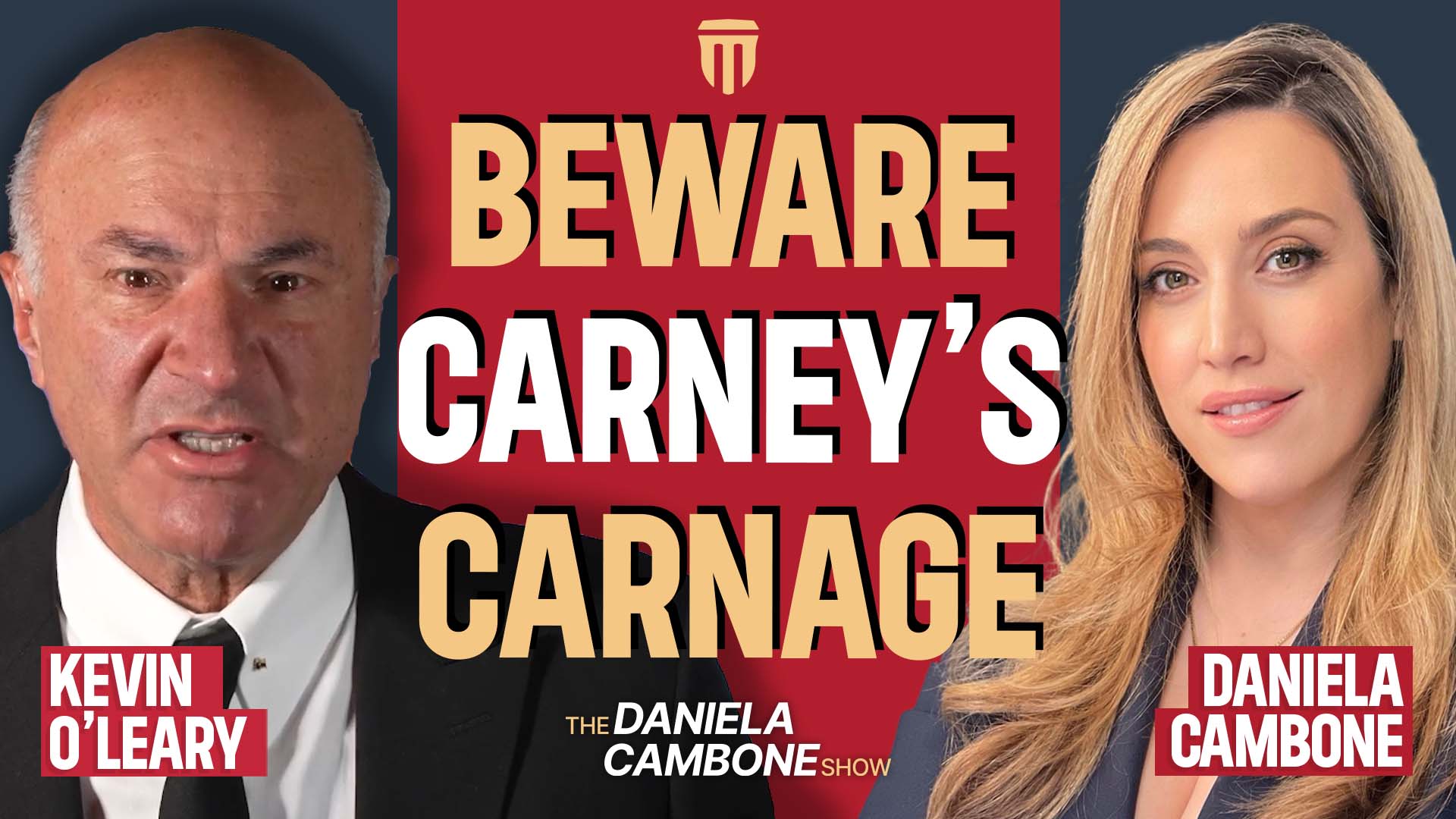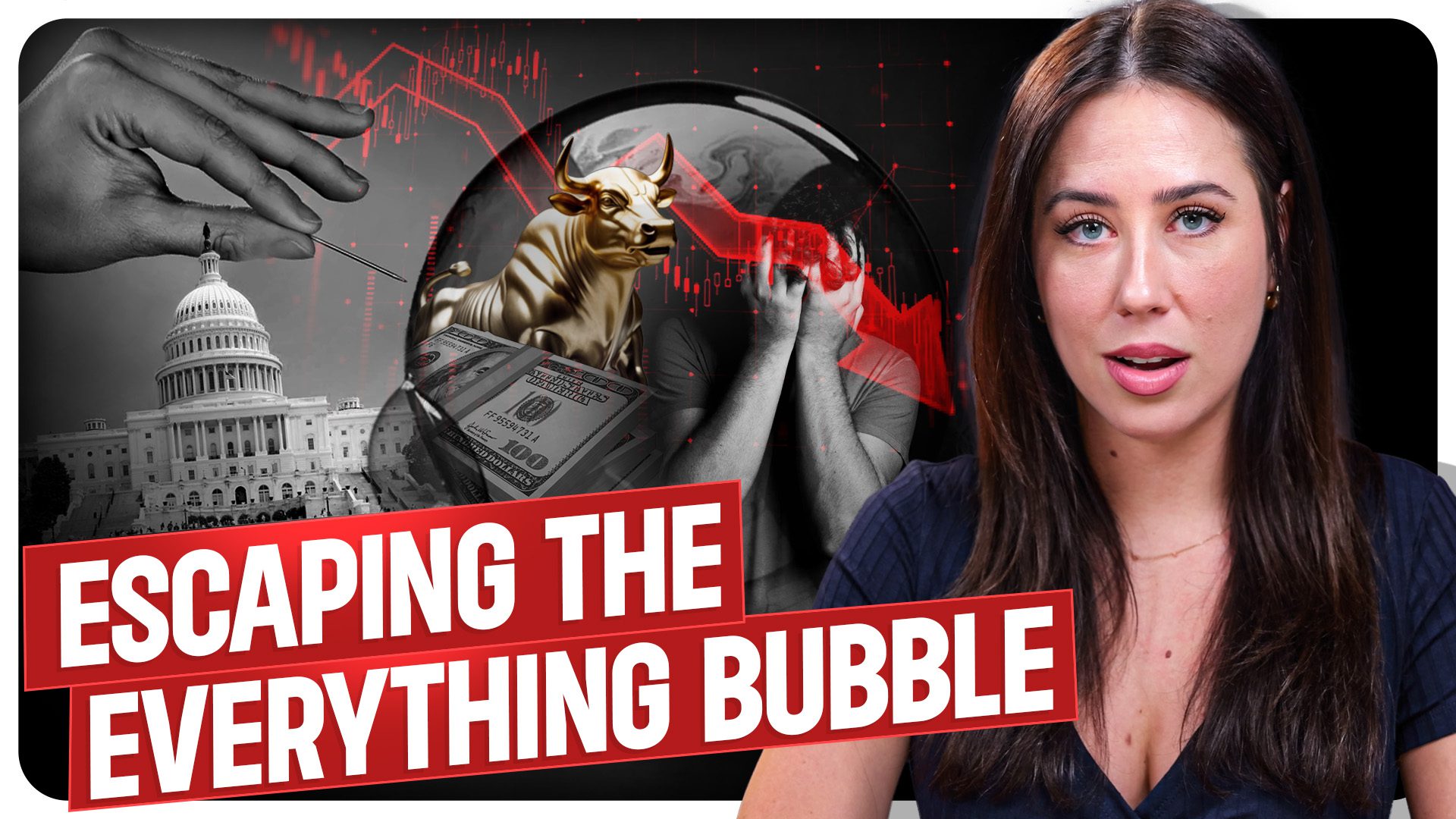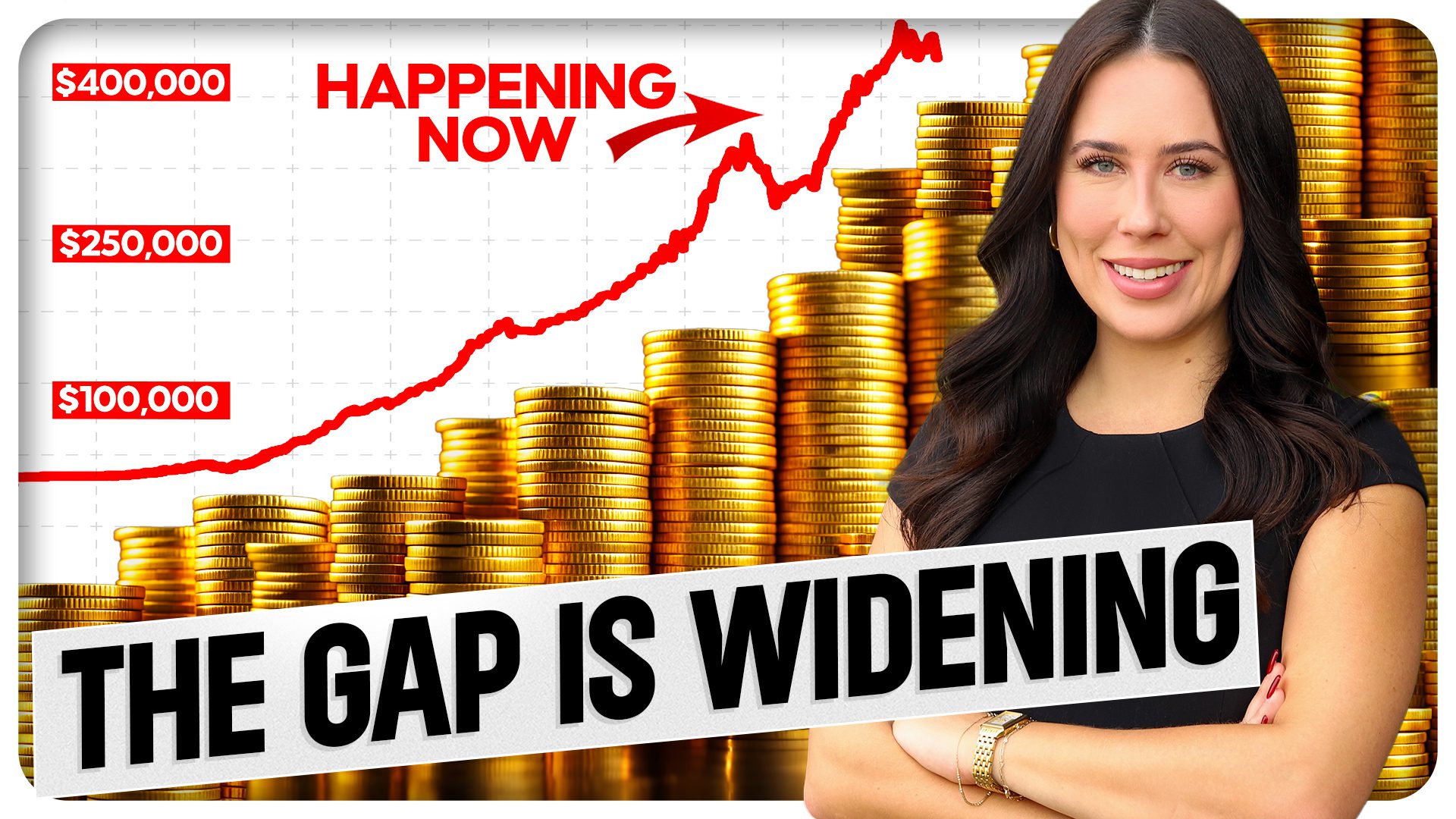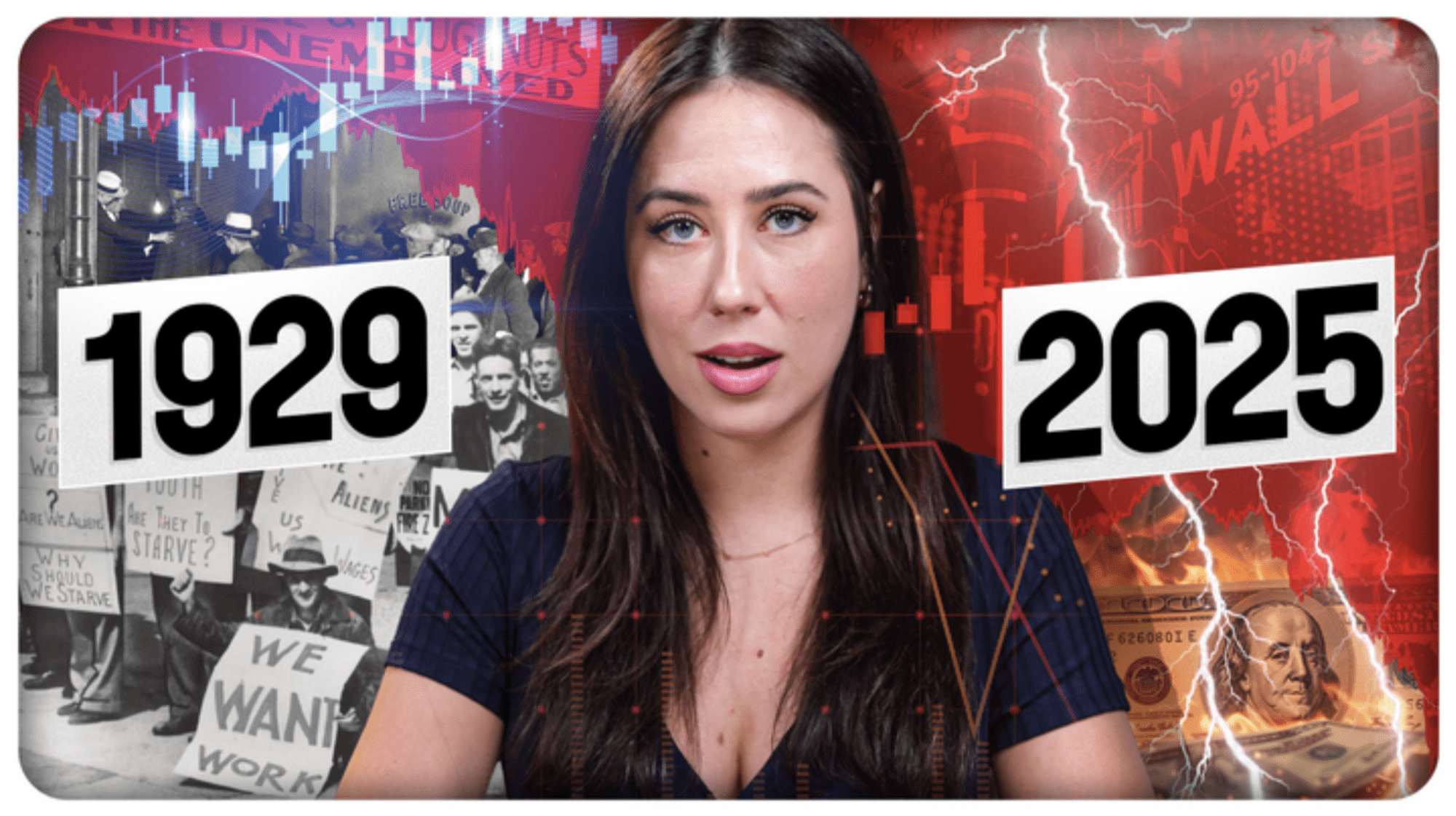Is There A Limit To How Much Gold Or Silver I Can Own?

Over the past decade people have been purchasing Gold Or Silver like never before. This is partly because there is no legal restriction on the amount of gold and silver one can own in the US. Why are investors increasingly adding gold and silver to their portfolios? Maybe the return potential of these precious metals has something to do with the rising demand. Do the price trends of gold and silver tell the same story?
Gold Prices
Between April 2001 and April 2010, gold surged more than threefold in value against the US dollar. Since the late 1960s, gold prices have fluctuated widely. Gold prices hit a high of $850 per ounce on January 21, 1980. From 1999 to 2001, gold witnessed a bear market, falling as low as $252.90/oz. On January 3, 2008 gold prices created a new record at $865.35/oz, only to set another record on March 17, 2008 at $1023.50/oz. Momentum picked up again in late 2009, with rising demand and a weakening US dollar. On December 2, 2009, gold prices jumped past the $1200/oz mark to close at $1215/oz. Gold rallied yet again in 2010, hitting new highs in May in the face of the European Union debt crisis, which prompted investors to buy gold as a defensive investment option.
Silver Prices
Between 2000 and 2010, there has been an uptrend in silver prices. This has largely been driven by the increasing industrial demand for silver (especially in electrical appliances and medical products). While mine production of silver rose by merely 4% between 1990 and 1999, total fabrication demand spiked 22%. Silver prices rose 5% in 2002 against the backdrop of a global economic slowdown, with prices averaging $4.60/oz. While average silver prices rose by another 5% in 2003, there was a dramatic rally of 36% to $6.66/oz in 2004. Although the rise slowed to 10% in 2005, the following year witnessed a 58% jump in silver prices. In 2007, silver prices averaged $13.38/oz. Although prices slipped in the second half of 2008, the average price of silver was $14.67/oz in 2009.
To Buy or Not to Buy?
Gold continues to be a universal currency and is held by the leading central banks. Central banks are becoming net buyers of gold. The Indian Central Bank purchased 200 tonnes of gold from the IMF in October 2009, the largest onetime purchase by a central bank in at least 30 years. Gold is a defensive investment – a safe haven asset – and a way of wealth preservation.
Jean-Marie Eveillard, who is considered among the best global value investors, has 10% to 12% of his most successful investment fund in gold and gold plays. Although there is no legal restriction on the amount one can own in the US, one should determine the portfolio according to one’s investment horizon for gold or silver.














